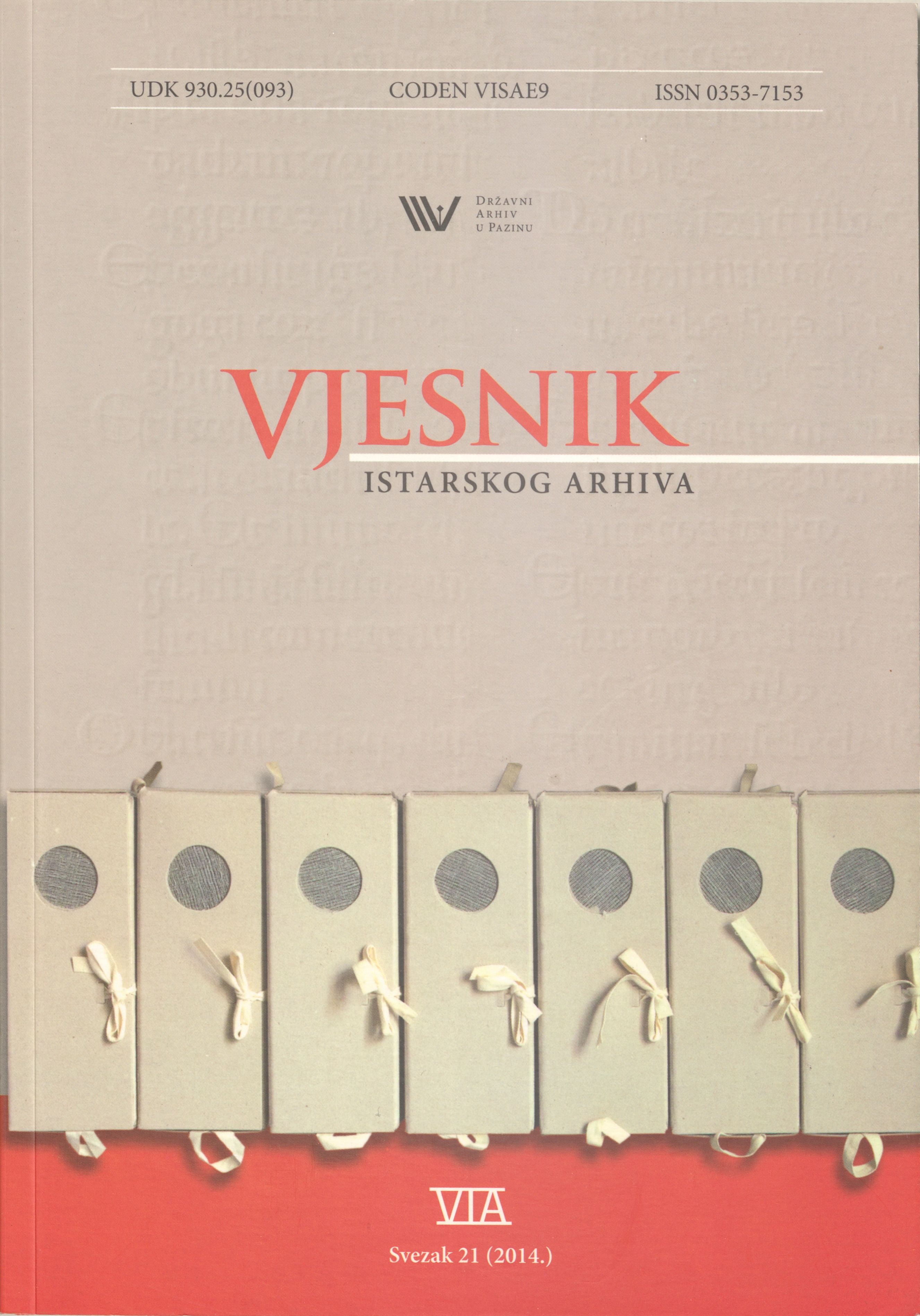Impact of exceptional cold on demographic movements: Rovinjsko Selo in the first half of the 18th century (1700 – 1730)
Keywords:
area of Rovinj, Rovinjsko Selo, climate, population, demography, 18th centuryAbstract
Rovinjsko Selo was established in the 16th century by the arrival of the Morlachs from Dalmatia. The village is located near Rovinj and the inhabitants of Rovinjsko Selo agreed with Rovinj the relations regarding the surrounding territory. At the time analysed by this paper, the Parish of Rovinjsko Selo had about 500 inhabitants, mostly dedicated to agriculture and livestock farming. Archival sources of the time offer abundant information on climatic difficulties which often took almost everything that farming could have given. The records of the notaries of Rovinj, where a historian would not expect to find such information (notarial protocols), provide plenty of information on exceptionally inclement weather conditions which influenced demographic movements. The research of the registers of Rovinjsko Selo has shown that climate affected demographic behaviour. In periods of crisis, the number of deaths surpassed the number of births, which otherwise was not the case. The monthly distribution of deaths during years of crisis also showed changes with relation to the analysed period (1700 – 1730): cases of deaths were evenly distributed over the months of a year, with the exception of August and September. However, during crisis years there were also other months where mortality crossed the expected limits. The number of births was also smaller in crisis years. Scarcities resulted in a smaller number of conceptions, hence the smaller number of births.
Downloads
Published
Issue
Section
License

This work is licensed under a Creative Commons Attribution-NonCommercial 4.0 International License.

